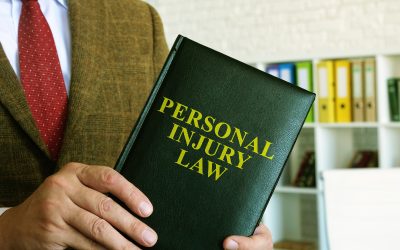Getting hit by a driver who doesn’t have insurance is stressful enough, but it can feel even more complicated in Maryland. Many people don’t realize how insurance laws work or their options if the person who caused their accident can’t pay for damages. If this has happened to you, it’s important to know your rights and the steps you can take to protect yourself.
First, Maryland requires all drivers to carry auto insurance. But unfortunately, not everyone follows the law. When an uninsured driver causes a crash, you might worry about how you’ll cover medical bills, car repairs, and lost wages. The good news is, you do have options.
One key option is your own uninsured motorist coverage. If you purchased uninsured motorist coverage as part of your auto insurance policy, it can cover your injuries and property damage when the at-fault driver has no insurance. Many drivers don’t realize they need this coverage until it’s too late, so it’s something to check on as soon as possible.
If you don’t have uninsured motorist coverage, you may still be able to file a personal injury claim directly against the uninsured driver. However, this can be challenging if they don’t have assets or income to pay a judgment.
In some cases, Maryland’s Motor Vehicle Administration (MVA) can take administrative actions against uninsured drivers, including suspending their license or registration. While this won’t immediately fix your losses, it helps enforce the law and protect other drivers.
Finally, because uninsured driver cases can be complicated, working with a Maryland personal injury attorney can make a big difference. An experienced lawyer can help you understand your insurance policy, negotiate with insurers, and explore all legal avenues to get you the compensation you deserve.
Getting hit by an uninsured driver is frustrating, but knowing your options can help you take control of the situation and protect your future.
From the First Doctor Visit to Final Settlement: What a Workers’ Comp Case Really Looks Like
The workers’ compensation process might feel overwhelming and confusing if you’re injured on the job. Knowing what to expect—from your first doctor’s visit all the way to your case’s final settlement—can help you feel more in control and prepared.
The process usually starts right after your injury. The first step is to report your injury to your employer as soon as possible. Then, you’ll visit a doctor who can diagnose your condition and recommend treatment. This doctor’s visit is crucial because their medical records document your injury and its connection to work.
Once your doctor confirms the injury is work-related, you or your employer will file a workers’ comp claim with the insurance company. The insurer will review your claim and may require you to see a company-approved doctor for an independent medical evaluation. This step helps them decide whether to approve or deny your claim.
If approved, you’ll start receiving benefits, which usually cover your medical bills and part of your lost wages while you recover. The amount and duration depend on the severity of your injury and how long you cannot work.
Throughout your recovery, attending all medical appointments and following your doctor’s recommendations is important. Your progress will be closely monitored, and your benefits may continue as long as you need treatment.
At some point, your doctor may determine your injury has reached “maximum medical improvement,” meaning your condition is as good as it will get. If you still have lasting problems, you might be eligible for permanent disability benefits.
Finally, your case will reach a settlement or close when you return to work or when benefits run out. Settlements often involve a lump-sum payment to resolve the claim.
Workers’ comp cases can be complicated, but understanding the timeline and steps helps you confidently navigate the process.


